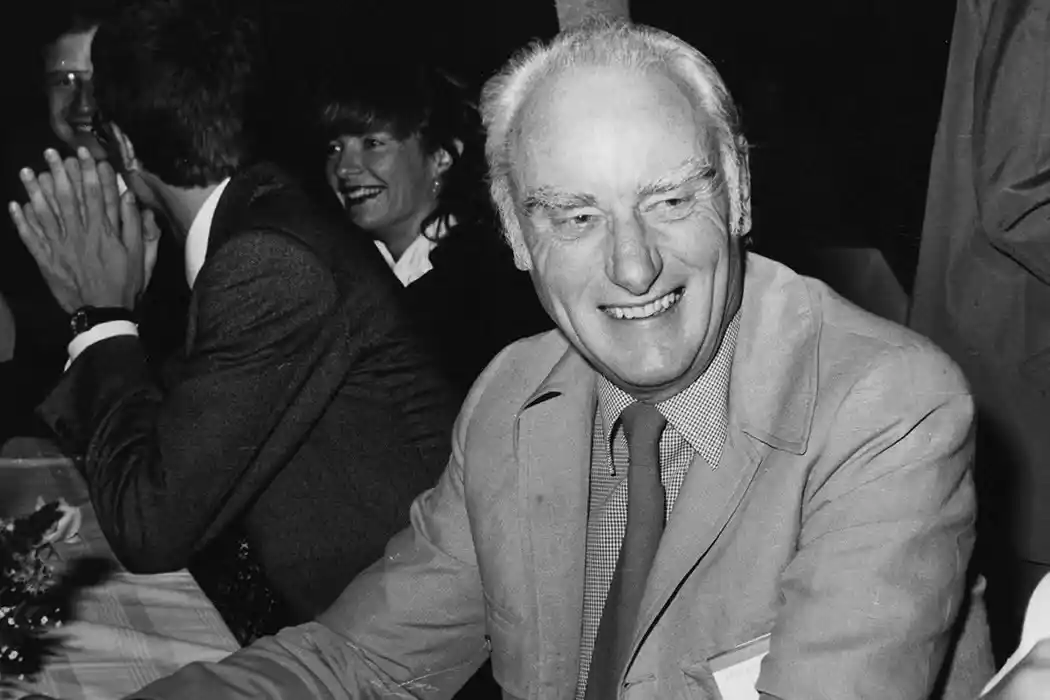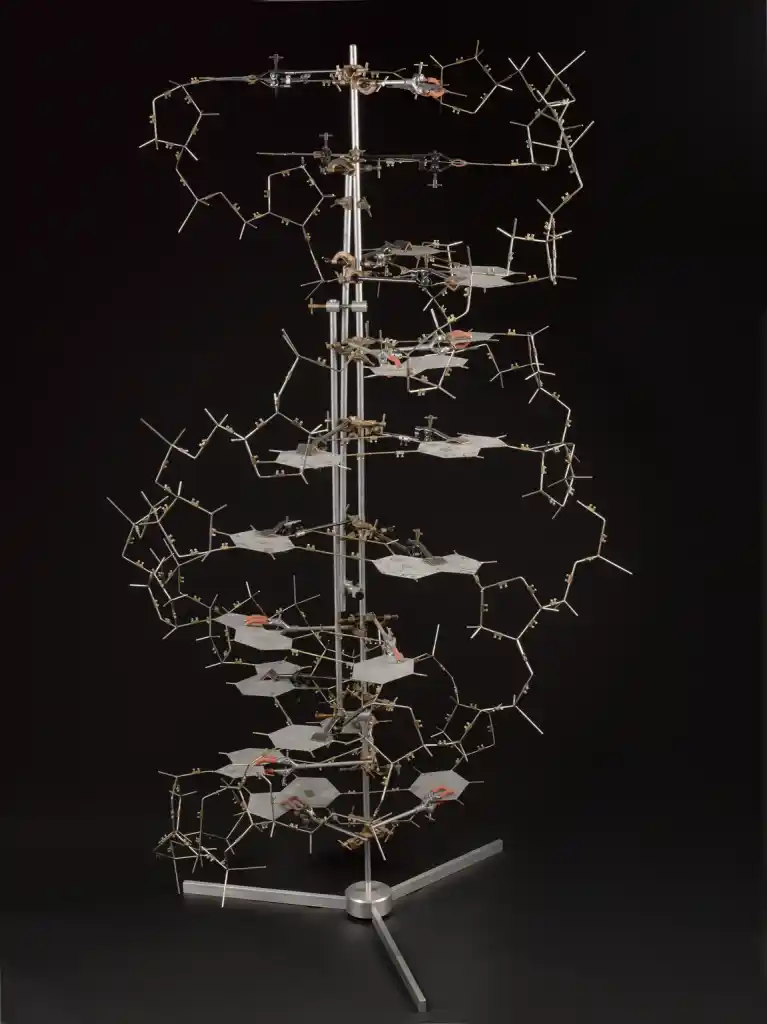

One of four scientists that discovered the DNA double helix.

Born: June 8th 1916 | Died: July 28th 2004.
Francis Crick was a British biophysicist, who together with James Watson, Maurice Wilkins and Rosalind Franklin, discoverd the structure of the DNA double helix, which is the substance responsible for heredity. This discovery was one of the biggest discoveries of the 20th Century.
Born in Northampton, Crick was born in 1916, and was educated at Northampton Grammar School and Mill Hill School in London. He attended University College in london, where he studied physics, where he graduated with a Bachelor of Science in 1937. During World War Two, Crick was involved in military research, working on the develoment of acoustic and magnetic mines. When the war finished, he went back to research, this time in biology, of which he knew little. He workd in the Strangeways Research Laboratory, and moved in 1949 to the Cavendish Laboratory. This is where he met James Watson in 1951, where they formed a collaborative working relationship to unravel the mysteries of the DNA structure.

Using X-ray diffraction studies carried out by other scientists, notably Rosalind Franklin, in 1953 Crick and Watson created a model that represented the known physical and chemical properties of DNA. It looked like a twisted ladder, and the theory behind it was that if it would split apart, it would make new strands identical to their partners.
Their finds were published in a paper in the scientific journal Nature in April 1953. The work behind all this was only possible due to Rosalind Franklin and her student Raymond Goslin, who were taking X-ray diffraction photos, of which Photo 51 was a keystone marker photo that showed what they needed to make the model from. Although their works contained this information, Franklin was unaware that Maurice Wilkins had shared it with Crick and Watson, and it was only noted in the footnotes of their article as "stimulated by general knowledge".
In 1962, Crick, James Watson and Maurice Wilkins were given the Nobel Prize for Physiology or Medicine, just four years after Franklin died of ovarian cancer. Only posthumously was Franklin recognised for her work on the structure.
After this discovery, Crick worked as director for Cambridge University's Molecular Biology Laboratory, as well as a fellow at Salk Institute in California. He released several books, including Of Molecules and Men (1966), based on his recent discoveries, Life Itself: Its Origin and Nature (1981), and What Mad Pursuit: A Personal View of Scientific Discovery (!988).
Between 1977 and his death, Crick held the position of distinguished professor at the Salk Institute, California, where he based studies on the neurological basis of consciousness.
Disclaimer | About Me | Sitemap
Website design by SyntaxHTML.



Blue icons adapted from icons courtesy of Smashicons.com